The scaffolding was built for an exterior renovation project funded by the Shanghai municipal government. The fact that the renovation was conducted without removing the 156 households in the building was a major safety hazard, Zhu said in the interview.
Chinese attorney Li Jingli told The Epoch Times that the fire department is required by law to approve and inspect the safety standards of all major construction projects. Therefore, the fire department is responsible for their implementation. “But the fire department is part of the police system, so the police would not hold them accountable,” Li says.
Illegal Subcontracting
According to official Chinese media, the renovation project was contracted to Shanghai Jing’an Construction Corporation by the Jing’an District Construction and Transportation Committee. It was subcontracted to Shanghai Jiayi Building and Renovating Co.
Though Jiayi, established in 1987, has in the past been disciplined for safety violations, it won over 60 government construction bids between 2007 and 2010.
Jiayi, in turn, subcontracted the project to allegedly unqualified individual subcontractors, who in turn hire part-time laborers to do the actual work, Chinese media say.
Shanghai human rights attorney Zheng Enchong, one of 42 state-certified attorneys supervising the bids for large and medium size construction projects, said systematic corruption has made illegal subcontracting a common practice in the Chinese real estate industry.
The Jing’an Construction Corp. is actually a subsidiary of the Construction and Transportation Committee, and also the major shareholder of Jiayi, Zheng said. “The bidding process was just a show. Why were so many high level officials found guilty of real estate related corruption? Because all the bids were phony.”
Multiple subcontracting allows all three companies to skim off profit, Zheng said, which resulted in the low budget allocated to the subcontractors at the end of the food chain. To turn a profit these workers use the cheapest materials, like flammable insulation foam.
Zheng also said that the law requires projects above 30 million yuan (US$4.5 million) to be examined and approved by one of the 42 certified lawyers. But “only one percent of Shanghai’s 8,000 high-rise buildings have approval signatures from these lawyers,” he said, adding that the fire goes some way to revealing how pervasive corruption is in China.
In many buildings, Zheng said, the fire equipment boxes are all empty; it is cheaper for developers and property managing companies to bribe their way through safety inspections.
Zheng was detained by police after his initial interview with The Epoch Times. His 26-page manuscript titled “Reflections on the Shanghai Fire” was confiscated, along with his cell phones, diary, and Bible-themed calendar. Police threatened him and demanded he not speak about the incident again. Shanghai police again put him into custody on Nov. 23.
Ineffective Rescue
While mouthpiece media praise the successful rescue under the leadership of Party officials, ordinary Shanghainese have not been shy about voicing their discontent.
Survivors and families in the survivor reception center bitterly accused the authorities of performing a sluggish rescue: “It burnt for 20 minutes and nobody came!” cried a female survivor loudly, tears running down her face. “If the rescue had come in time things wouldn’t be like this!” according to Apple Daily.
China’s most popular writer and blogger Han Han happened to be near the site when the fire happened. Han, one of the few Chinese who has made Time’s 100 Most Influential People list, published photos and an account on his blog.
“The so called ‘having the fire under control’ [as said in official media] means nothing but waiting for the fire to burn out,” Han wrote. “When one area is burned out, they’d say it’s under control. Little else was done.”
Han also said it was not until two hours after the fire broke out that the helicopter and rescue ladders arrived. By that time the smoke was too thick for a helicopter rescue.
Attorney Zheng Enchong says that the building was surrounded by a wall which blocked the passages designed to allow fire engines access to the site. “So the water cannons could not reach sufficiently high, which was the direct reason for the delays in rescue efforts. Even the authorities admitted it later.”
State media has praised the rescue efforts as an “exemplar of efficient and effective rescue” which “minimized losses.” Netizens were quick to criticize such comments. “More than 90 percent of the rooms in the building were burnt and they said this was the minimum level of losses?” according to a local resident who asked not to be identified. “I wonder how they define non-minimum level. All burnt down?”
Frustrated by the lack of truthful reporting and the authorities’ unwillingness to assign responsibility to those ultimately responsible, Shanghai residents chose to express themselves by publicly mourning the dead. Sina blogger John Yao wrote: “Please cover Shanghai with flowers. I will go there with mine. We all should. Let all those responsible know that though they are not sympathetic, we have a loving heart.”
Though the area designated for mourning was heavily policed, those present openly censured the regime, according to witnesses.
“Yesterday, 200,000 Shanghai citizens voted with flowers,” Hong Kong blogger szeyan1220 wrote in a Twitter post about the group mourning. “Every flower is a vote for ‘no’” against Shanghai officials, she wrote.
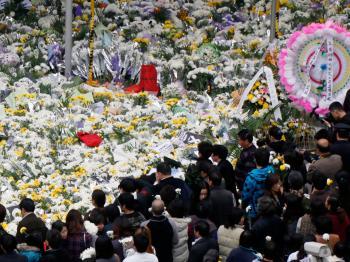
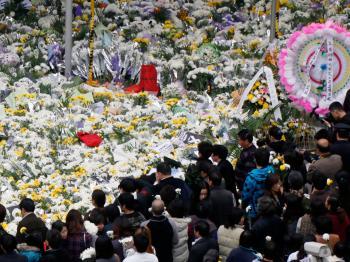
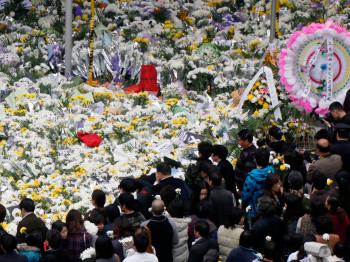




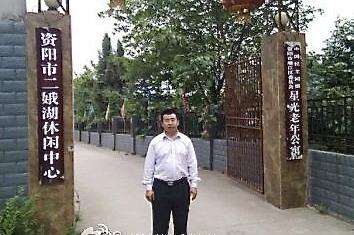
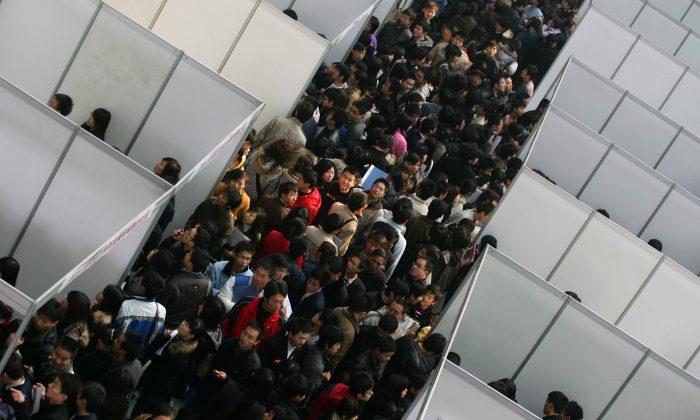
Friends Read Free